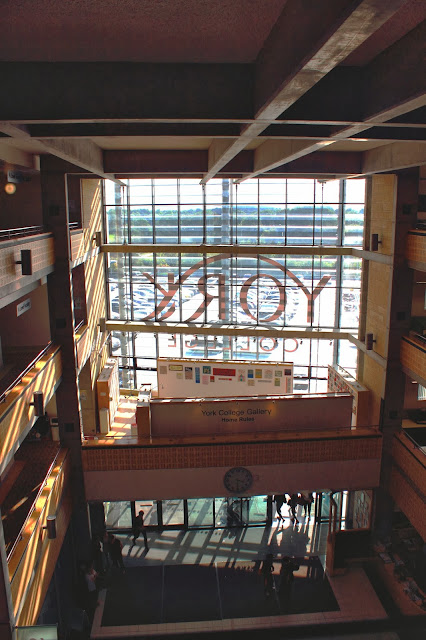White Balance
White balance is the “temperature of the colours that the camera can record. The camera cannot see where you are in terms of light, for example if you are outdoors the colour temperature/ white balance will be different to when you are inside under tungsten light bulbs.
White balance is measured in degrees kelvin (K) for example Daylight WB is around 5200K and Tungsten (most indoor shots) are around 3200K. If you set the white balance lower than it should be, then your image will come out with a strange colour cast and look unnatural. White balance is set to ensure that the whites in an image are actually white. This effect can be used to create a different type of image, for instance create a warm feeling to a place, like in this photo of the college; it creates a warmer and more inviting feel to the college.

Picture Style
Picture styles are the pre-sets that the camera has internally to change the image in camera, such as black and white where the image is changed to black and white in the camera rather than being changed in post processing later. This has its advantages because there is no need to process the images and can be uploaded quickly, also you can preview your image in a certain picture style. Disadvantages are that the camera chooses which tones to turn black and white, this gives usually a flat image compared to doing this in post processing where you can adjust the levels manually, also the in camera styles cannot be changed back to colour once converted.

 |
| This is put into vivid so the colours are more punchy and saturated. |
RAW vs JPEG
JPEG images are images out of the camera which have been compressed to save space on a card as for most applications this is fine. When it comes to professional photography you need to use a quality called RAW a lot of the time. RAW images are the whole image without any compression, therefore you get every detail there is out of an image, this is most useful for editing because you can change most settings such as white balance and you can recover an under or over exposed image which is not usually achievable in JPEG. The disadvantage of RAW is that the file sises are HUGE, for example an 18mp cameras raw file is on average 18mb per image, the Nikon d800 has a 36mp therefore the raw size is around 36 megabytes!
 |
| This is the image recovered in RAW, all the detail is retained and colours are accurate. |
 |
| This image was recovered in JPEG and the colours are off with alot of detail lost and "noise" included. |



No comments:
Post a Comment